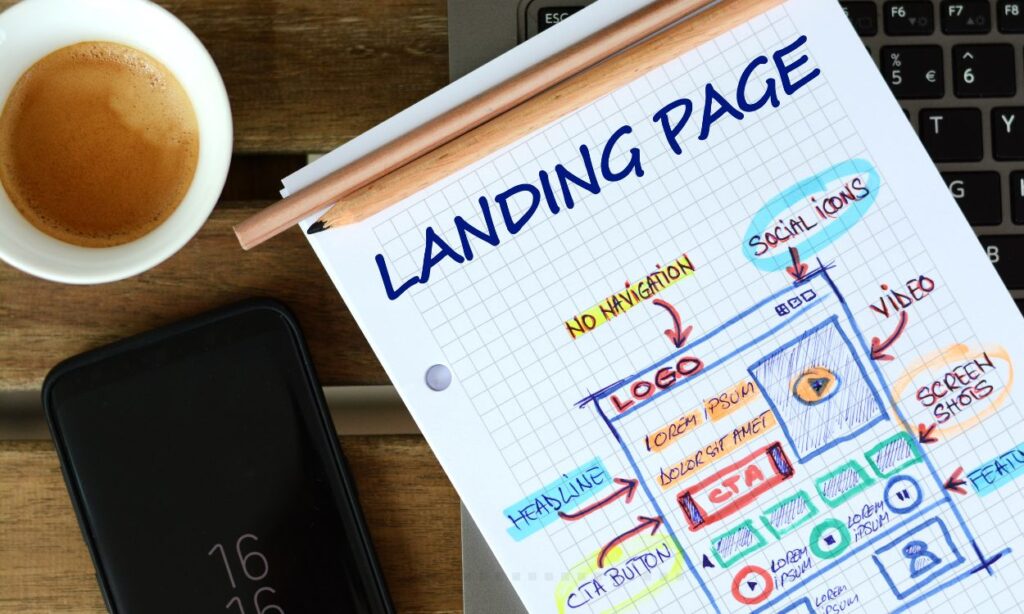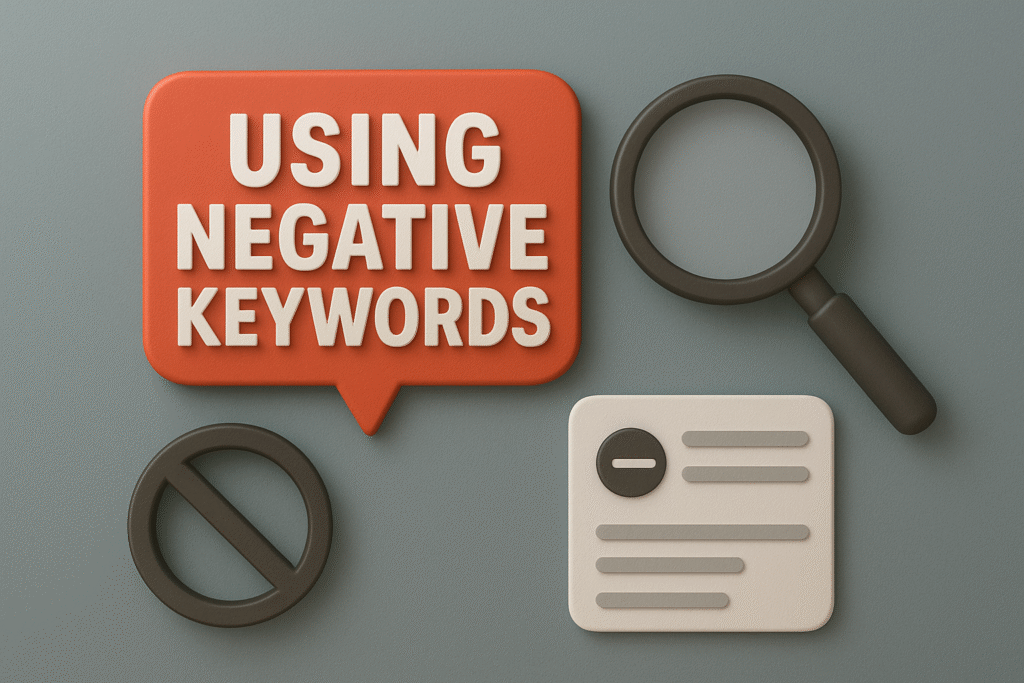After the turmoil of 2020 and 2021, this year may not have been the sea of quiet you had hoped for. The epidemic persisted, war broke out in Europe, natural calamities struck, worrying shortages and new diseases fueled anxieties. However, 2022 was also a year of education and research.
At Well, we discovered fresh ways to deal with stress and develop psychological stamina. Here are some of the most helpful articles we published this year on mental health, all of which will help you through the year 2023.
Pay attention to the symptoms of burnout in your body
There are various ways your body may be trying to warn you that you’re burnt out, from sleeplessness and weariness to migraines, stomachaches, and changes in appetite. And while “burnout” may not have a recognized medical diagnosis, Melinda Wenner Moyer noted that this doesn’t imply its symptoms should be disregarded. According to experts, resolving burnout may need more than bubble baths and cups of tea, so speak with a medical practitioner or a mental health specialist to identify the source of the problem.
Also, comprehend the distinction between depression and exhaustion.
It might be challenging to discern between the signs of depression and burnout: both conditions can make you sleep too much or too little or make it difficult for you to concentrate. But unlike burnout, depression may be diagnosed as a medical illness.
When you’re burnt out, you could feel overburdened by never-ending responsibilities at work, which can make you cynical, worn out, and resentful of your job and sap your vitality for hobbies. On the other side, depression may prevent you from enjoying your activities, according to Jeanette M. Bennett, an associate professor at the University of North Carolina at Charlotte who researches the impact of stress on health. You might also isolate yourself and disregard your hygiene and physical well-being. The first step to seeking relief is realizing the differences.
Enjoy your workouts
Consider a period when you were happiest and most liberated. At a concert, were you flailing your arms around? Were you supporting your preferred sports team? The actions we do in reaction to feeling joyful might also cause us to feel happy. This eight-and-a-half-minute Joy Workout was created by Kelly McGonigal, a Stanford University health psychologist and professor. It consists of six motions that are meant to make you happier regardless of age or fitness level. The movements may be made in any size or speed that you want. The exercise in the video is done standing up. Still, you may also do it sitting with or without family, indoors or outdoors, and to various musical selections.
Break out of “task paralysis”
When you have a lot on your plate, it’s normal to feel frozen. You may need to figure out where to begin since your to-do lists at home and at work always seem to continue. According to Dana G. Smith, this is a condition known as task paralysis, which happens when your brain perceives the items on your to-do list as a danger. Additionally, perfectionists are particularly vulnerable. It’s critical to stop avoiding or delaying chores to prevent this kind of anxiety. You may get motivated to start checking things off by remembering why the tasks are essential to you and making modest incentives for yourself after they’re completed. Each work should be broken down into manageable, tiny chunks whenever possible. It won’t appear as onerous after considering how much actual time and effort it would take to complete the task.
Into healing, go for the wilds
An increasing amount of research indicates that engaging in outdoor activities, sometimes known as “ecotherapy,” provides several advantages for one’s mental health. Alisha Haridasani Gupta discovered that activities as varied as hiking and white-water rafting, strolling along a boulevard surrounded by trees, and keeping a plant in the house might all be beneficial for mental health. But for some people, going outdoors might be easier said than done. Three times as many Asian, Hispanic, and Black people live in places devoid of natural beauty than White people. According to Ms. Haridasani Gupta, “awesome natural settings in the United States, like national parks, are also stained by racial past.” Across the nation, organizations and online communities have popped up to encourage people of color to get outside and enjoy nature’s calming effects.
Know what to do while having a panic attack
Fearful panic attacks may occur, particularly if you’ve never had one. You have discussed ways to coach yourself through one, including talking yourself down by telling yourself that you are not in danger, breathing from your diaphragm, and making a buddy call. Exercises designed to divert attention, such as counting and labeling the colors in your environment, are also helpful. You should visit the emergency hospital if you’ve never had a panic attack but are feeling chest discomfort and shortness of breath to rule out a heart problem.
Learn about one of the most critical nerves in the body
Nearly every internal organ is affected by the vagus nerve, which extends from the brain to the belly and is regarded as an “information superhighway.” It is widely promoted on social media to reduce anxiety, control the nervous system, and encourage body relaxation. To assist in regulating the vagus nerve, some specialists recommend simple activities like mindfulness practices or timed breathing exercises. Some claim that immersing your face in cold water causes the “diving reflex,” which lowers your pulse, constricts your blood vessels and may help you relax. However, wellness businesses have also benefited from this trend by marketing unsupported items like “vagus massage oil,” vibrating wristbands, and pillow mists.
To relax your thoughts, try listening to some brown noise
Brown noise is comparable to white noise but has a lower and deeper sound quality. Online, particularly among those with attention deficit/hyperactivity disorder, brown noise is becoming more and more popular because of its calming, constant hum. While some claim brown noise reportedly induces a clear-headed, for others, the persistent hum of brown noise could be annoying or unsettling. According to experts, prolonged exposure to brown noise is probably harmless (unless you’re listening at harmful levels), but there isn’t much proof that it will have any positive effects. Listen to your heart’s content if the rumbly buzz of brown noise makes you feel at ease.
Useful Tips to Choose the Right Digital Marketing eBook
Make use of your worry
When anxiety gets out of control, it may be crippling, but when it’s functioning well, it can be a strength, according to Christina Caron. A tiny amount of worry might be a warning sign when you’re about to do something risky and can help you become more cautious. If you’re experiencing anxiety, it can also signify that something in your life needs to change or is not working for you. Accepting your stress may also empower you to confront your concerns and develop inner fortitude.
Decide what health-related issues are “non-negotiables.”
The simple routines keep us going, whether a 90-pound Bernedoodle sitting on your lap or a daily doughnut with coffee and the newspaper.
Top 10 leadership Skills You Should Consider In 2023 (businesstechtoday.com)





































